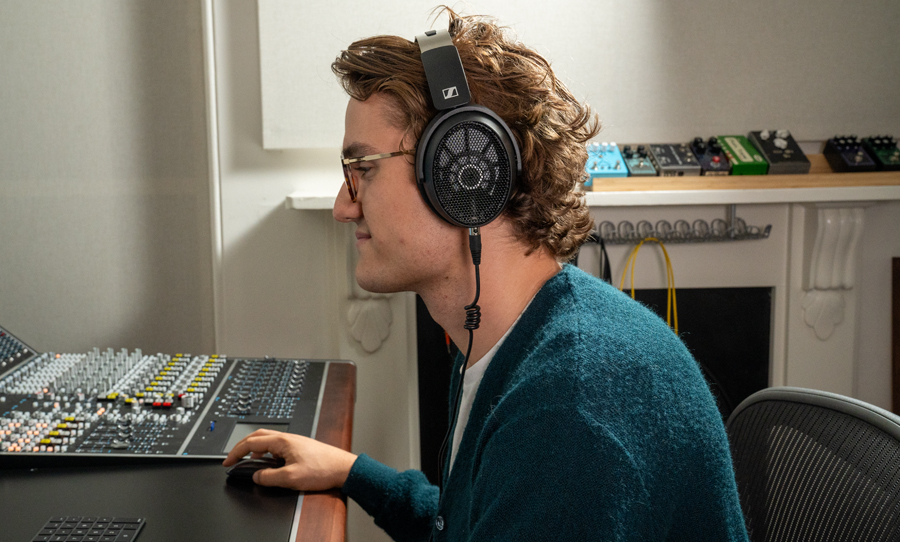Few topics are as controversial in audio land as listening environments. No two studios are exactly the same, and therefore there are a multitude of opinions as to what format sounds best. Studios are becoming more compact and mobile so the need to think laterally about monitoring is increasingly important.
And with a market that is ever more enamoured by listening to music through headphones, knowing your cans and their capabilities is more important than ever.
Headphones are an integral part of studio performance, recording, mixing and mastering. Knowing your cans is an essential part of studio exploration and understanding different sonic dimensions.
Monitoring Headphones
Headphone monitoring starts at the performance stage. Even if you’ve never set foot in a recording studio before, footage of rock stars, doing their thing in the studio with headphones on, is ubiquitous. They allow the performers to listen to themselves and each other, while maintaining a spill-free environment. As such, they are simply essential to modern recording.
Their main job is to maintain silence in a live room, and they are designed to allow minimal sound to escape. These are closed-back designs. There are many options nowadays for this breed of cans, and most tend to prioritise rugged construction as they have to be up to the rigours of day in, day out recording.
Sennheiser, Audio-Technica and Fostex have many models in this field, but not all are created equal. The Extreme Isolation model from Direct Sound cut out almost all spill and are great for tracking vocals especially (microphones are very close to headphones in vocal situations).
Open-Back Headphones
Closed-back designs have their limitations though. Trapping all the sound within a tiny space such as the outer shell of a headphone can create a somewhat unfocused representation of the frequency spectrum, so they’re not ideal for mixing (unless you’re in a noisy ambient environment).
This is where open-back headphones come into the frame. The design means that they don’t trap certain frequencies, thus providing a flatter response across the spectrum.
These high-end headphones are tend to be more pricey because they deliver a particular service: an alternative perspective on monitoring and mixing. They are also more comfortable, owing to the need to mix for long periods.
Most mix engineers have a trusty set of open-back cans in the control room, and some offer a surprisingly competitive alternative to nearfield monitors. Examples like the Sennheiser HD600 offer an open and natural response and are ideal for fine editing, panning and creating depth in a mix.
Headphones play an important part in all stages of musical production. Eventually, most fans will consume their favourite music through headphones of their own choosing. Of course, monitoring through speakers is also incredibly important.
If you know your cans though, and which type are appropriate for every stage of the production, you can make the most of an extra sonic perspective and explore new dimensions in your mix.



